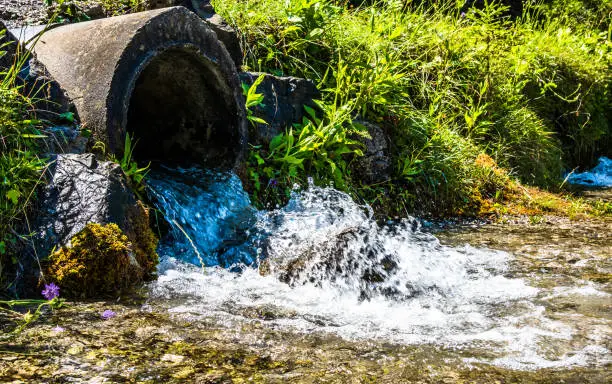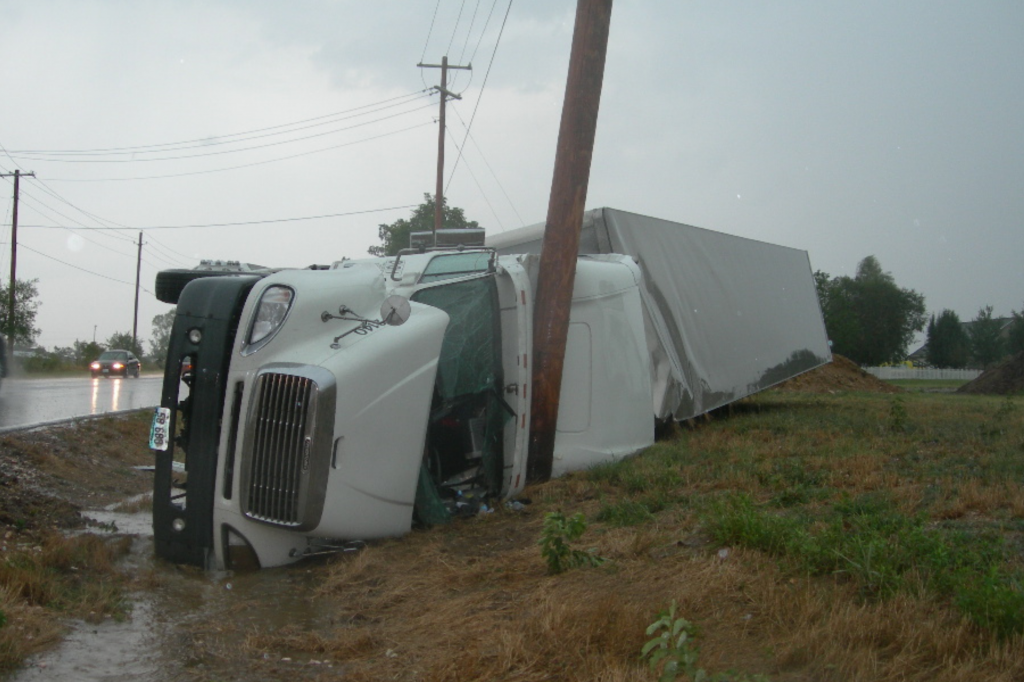Blog
How to Analyze Your Testimonial Video’s Performance: A Quick Guide

It’s a competitive world, where you have to make an all-round impact on your customers to stay ahead in the game. Only launching good products isn’t enough. You should create buzz around them to make them even more popular. Those who never thought about them should also feel compelled to try them at least once. How do you ensure this? Testimonial videos play a crucial part here. These videos offer a view into customer experiences, influencing others to make a quick decision. Since countless options already bog down buyers, they rely on the trust factor to make a choice. Professionally produced testimonial videos help you achieve this.
An expert agency like Gorilla Creative can add human touches to your content, making it highly relatable and creating a bridge between your potential customers and your brand. In fact, including these types of marketing videos in your strategy has become essential. However, some companies hesitate to invest in this kind of video, believing there’s no reliable way to measure its performance. If you are holding back for this reason, here are a few metrics that you should consider in order to be sure whether you are on the right track or not.
- KPIs
You can analyze tangible results to determine the success of your video. The number of likes, shares, and views can help in this regard. These indicate the level of engagement with your content. Conversion rate can also reveal how many people took an intended action after watching your testimonial video. Even retention rate is a good indicator. It refers to viewers’ engagement throughout the video. You should be concerned if most viewers drop off after only 30 seconds. To avoid this, you should hire professional video makers for the job.
- Viewer feedback
Go through the comment sections and analyze the social media engagement, along with conducting surveys, to understand how your audience feels about the content. These inputs highlight the emotional connection between your consumers and the video. Did they laugh and share the content? These are all clues that your storytelling was impactful. Along with these, you can also consider factors like watch time and viewership to gain a clearer picture. A professional agency can refer to this data to make the following testimonial videos more compelling.
- Referral traffic
It will also be helpful if you track the referral traffic generated by your testimonial video. For this, you can connect this video with a specific product page or landing page. You can also monitor conversions more effectively through this approach.
- Additional information
When you work with a professional video-making agency, you can be sure of creating a positive impact through corporate videos like these. They will ensure the video content is fast enough for younger audiences and detailed and thoughtful for older viewers. You can rely on them to capture a user’s pain points and the role of your product or service in solving them well.
The authenticity of the testimonial video content makes it more relatable for your audience. Professional video makers understand these aspects well.
Blog
Beneath the Surface: How Smart Wastewater Is Quietly Transforming Rural Living

Amid the modern migration to rural areas and small towns, a technological transformation is quietly taking root underground—literally. In places where centralized sewer infrastructure remains out of reach, the everyday operation of septic systems has long been a background affair. Now, invisible innovations and digital tools are reshaping these vital systems, making wastewater treatment smarter, safer, and more precise. This new era is fueled not by promotion, but by tectonic shifts in design, data monitoring, and environmental stewardship. Homeowners, local officials, and environmental advocates are all taking notice.
Among the most significant drivers of change is the rise of digital monitoring in residential wastewater infrastructure. Well beyond the traditional inspection schedule, new smart sensors measure tank depth, effluent quality, and flow rates in real time, alerting residents and professionals to potential problems before they become costly emergencies. These smart systems are becoming especially pertinent as regulatory standards grow more rigorous and as climate uncertainty prompts rural communities to reevaluate the resilience of their infrastructure.
Integrating these smart solutions often begins with a septic tank upgrade, though the digital leap isn’t only about equipment. Using real-time data fosters proactive system care: maintenance becomes predictive rather than reactive, and the risk of groundwater contamination falls. As intelligent infrastructure tracks each tank’s status, it offers more than peace of mind; it fundamentally shifts how rural homes relate to their natural surroundings and resources.
The Environmental Angle
The digital revolution complements a simultaneous shift in ecological stewardship. Eco- friendly tank designs, advanced aerobic treatment units, and constructed wetlands are now part of the rural septic landscape. Many innovations aim to reduce energy consumption with solar-powered components and reduce nutrient pollution by improving the breakdown of nitrogen and phosphorus. These green upgrades comply with new regulations—they safeguard local ecosystems, from groundwater to rivers downstream.
In particular, adopting constructed wetlands, which filter wastewater through native plants and engineered soil beds, marks a profound change. These systems convert conventional drainfields into living treatment zones that enhance landscape beauty and water quality.
Such ecological solutions pair seamlessly with sensor-driven smart tanks to form “hybrid”
systems: nature and technology operating side by side, quietly protecting the local environment.
Community Data and Resilience
What’s emerging is not simply a collection of upgraded tanks, but a growing network—an underground infrastructure that offers big-picture benefits for rural communities. Data collected by smart septic systems can be aggregated (securely and anonymously) to reveal trends, such as whether groundwater levels are falling or if seasonal weather patterns are influencing septic system strain. With such knowledge, communities can better prepare for droughts, floods, or surges in population.
This collaborative approach moves septic care from an individual responsibility to a shared community asset. Public health officials and local planners can work with real numbers rather than educated guesses, targeting resources where they’re most needed.
Looking Forward
As climate risks make water infrastructure increasingly vulnerable, the convergence of ecological innovation and smart technology is changing what it means to be self-sufficient in rural America. The once-static septic tank is becoming a node in a living network— responsive, adaptive, and quietly essential.
For homeowners in rural areas, considering a septic tank upgrade is no longer just about maintenance; it’s about joining a larger movement toward resilient, mindful living. The invisible work of smart wastewater systems is reshaping underground infrastructure into something modern and deeply rooted in environmental consciousness. In this new era, rural resilience is not a promotional promise, but a quietly unfolding reality—one sensor, one wetland, one household at a time.
Blog
Tips for Gathering Evidence After a Commercial Vehicle Collision

People know New Mexico for its busy highways, open roadways, and desert scenery. Every day, a lot of trucks and other commercial vehicles drive through the state, which means that accidents can and do happen. A collision with a big truck can be quite bad.
If you are involved in a crash with a commercial vehicle, collecting the right evidence is very important. This is especially true when investigating New Mexico truck accidents. The more information you have, the better your chances of getting fair compensation for your injuries or damage.
Here are some simple and helpful tips for gathering evidence after a commercial vehicle collision.
Stay Safe First
Before doing anything, make sure you and anyone else involved are safe. If you can, move to a safe area away from traffic. Call 911 immediately to report the accident and ask for medical help if anyone is hurt.
Take Photos and Videos
Pictures and videos can tell what happened exactly. Use your phone to take clear photos of:
- The vehicles involved (from different angles)
- Damage to both vehicles
- The road conditions (wet, dry, cracked, etc.)
- Skid marks or broken glass
- Road signs or signals nearby
- Any injuries you or others have
Videos showing how traffic is flowing or the behavior of the truck driver can also be very helpful.
Get Contact Information
Gather names and contact info from:
- The truck driver
- Any passengers in the other vehicle
- Eyewitnesses who saw the crash
Also, write down the truck driver’s company name, license plate number, and the DOT (Department of Transportation) number on the truck if it’s visible.
Request the Police Report
When police come to the scene, they will make a report. This report is often key evidence. Ask how you can get a copy and write down the officer’s name and badge number. The report can include who they think was at fault and what the driver said.
Keep a Record of Your Injuries
Go to a doctor as soon as possible, even if you feel fine. Some injuries take time to show. Keep copies of all medical records, bills, and doctor’s notes. Write down how you feel each day after the crash. This can help show how the accident has affected your life.
Preserve Evidence from the Truck
Commercial vehicles often have important data stored in their “black box” or onboard computer. These devices can show speed, brake use, and more. A lawyer can help you request this data before it’s lost or erased. The trucking company may also have inspection logs and driver records that can support your case.
Avoid Posting on Social Media
It’s best not to post about the accident on Facebook, Instagram, or other platforms. Insurance companies can use your posts against you. Keep the details private and speak only with your lawyer or doctor about the crash.
Talk to an Attorney Early
Accidents involving trucks are more complex than regular car crashes. Trucking companies have teams of lawyers and insurers. A personal injury attorney who knows about investigating New Mexico truck accidents can help protect your rights and gather strong evidence before it’s too late.
Key Takeaways
- Always focus on safety first after a crash.
- Take photos, get witness info, and gather all records.
- Ask for the police report and keep medical documents.
- Don’t wait too long to seek legal help.
- Truck crash evidence can disappear fast—act quickly.
No one expects to get into a crash with a commercial vehicle. But if it happens, being prepared and knowing what steps to take can make a big difference in your recovery—both physically and financially.
Blog
Traditional Festivals in Modern China

When you learn Mandarin online or studying with an online Chinese teacher, the names of festivals such as 春节 (Spring Festival), 中秋节 (Mid-Autumn Festival), and 端午节 (Dragon Boat Festival) are often among the first pieces of cultural vocabulary encountered. Yet behind these familiar terms lies a long history of ritual practices, social customs, and symbolic meanings that have undergone significant transformation in modern Chinese society.
The Spring Festival, for instance, has always been the most important holiday in China, traditionally marked by ancestral worship, reunion dinners, and symbolic acts to welcome prosperity. In the past, rituals such as offering sacrifices to household gods or setting off firecrackers to ward off evil were central. While some of these customs remain, modernization has altered the festival landscape. Today, the Spring Festival is characterized as much by televised galas, digital 红包 (red envelopes) sent via mobile apps, and mass domestic travel as by traditional family rituals. The meaning of “reunion” persists, but its expression has expanded with technology and urban life.
The Mid-Autumn Festival also illustrates this transformation. Historically associated with moon worship and poetic reflection, its essence was rooted in agricultural cycles and ancient cosmology. Today, while the round mooncake continues to symbolize family unity, the festival is now also celebrated through commercial branding, tourism, and even large-scale public events. Its ancient connotations remain, but they coexist with contemporary interpretations that align with modern lifestyles.
The Dragon Boat Festival similarly demonstrates the adaptability of traditions. Once a ritual of exorcism and seasonal protection, centered on rowing boats to drive away disease and misfortune, it later became associated with commemorating the poet Qu Yuan. In contemporary China, the festival balances heritage activities such as dragon boat racing and eating 粽子 (rice dumplings) with broader cultural celebrations, often promoted as expressions of intangible cultural heritage.
At the language school GoEast Mandarin, discussions of Chinese festivals are essentially taught together with language instruction, ensuring that learners not only memorize terms but also gain an understanding of their evolution and continuing relevance.

 Blog9 months ago
Blog9 months agoHow to Deal with Scabies While Traveling

 Travel9 months ago
Travel9 months agoRichmond, Virginia Street Art Guide

 Travel9 months ago
Travel9 months agoPerhentian Islands: How to Get There, What to Expect, & More

 Travel9 months ago
Travel9 months agoHow to Live in Your Car in New Zealand

 Travel9 months ago
Travel9 months agoSouvenir in Nepal: A Guide to Unique Handicrafts and Cultural Treasures

 Travel9 months ago
Travel9 months agoVegan Guide to Dining Out in Richmond, Virginia

 Food9 months ago
Food9 months agoVegetarian Food Nepal: A Journey into Flavorful Plant-Based Cuisine

 Travel6 months ago
Travel6 months agoA Local’s Guide to Sanibel Island, Florida















